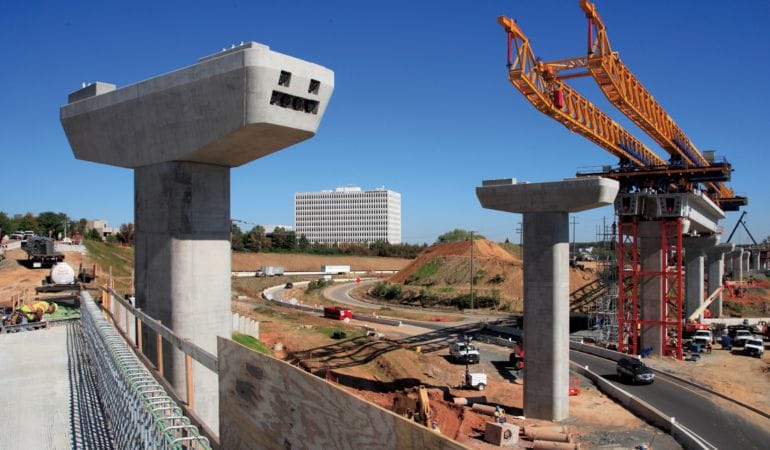
How Land Value Capture Can Pay for Infrastructure, Affordable Housing, and Public Services
As cities and towns seek funding for transportation, parks, affordable housing, and other public goods, they often overlook one of their most valuable assets—land. A new Policy Focus Report from the Lincoln Institute of Land Policy shows how local governments make land more valuable by building infrastructure and facilitating urban development, and how they can ensure that the community reaps the benefits.
Land value capture enables communities to recover and reinvest the land value increase that results from actions such as building new train stations or changing regulations to enable more dense development. In Land Value Capture in the United States: Funding Infrastructure and Local Government Services, author Gerald Korngold explains how the major land value capture tools work, and recommends a path forward for leaders who want to implement them.
The Trustee Professor of Law at New York Law School, Korngold also lays out the legal precedents for different types of land value capture and recommends ways policy makers can minimize legal risks.
“Land value capture has in various forms been used and legally upheld in the United States for some 150 years,” he writes. “It remains a valid and viable option to finance government activities, provided policy makers leverage available tools appropriately.”
Korngold provides an in-depth analysis of seven land value capture tools—exactions, impact fees, linkage fees, special assessments, mandatory inclusionary housing, incentive zoning, and transferable development rights. He uses case studies from around the country to explain how land value capture can contribute to public policy goals such as equity and sustainability.
For example, in the Northern Virginia suburbs of Washington, DC, commercial property owners agreed to tax themselves more than $700 million to fund a 23-mile extension of the Metrorail system to Dulles International Airport, roughly an eighth of the total cost of the project. The first section of the new line opened in 2014, and the rest is scheduled to open later this year.
In downtown Chicago, the city grants developers permission to construct larger buildings in exchange for voluntary fees, which are calculated based on the size of each project. The city directs 80 percent of the revenue to commercial development in underserved neighborhoods, 10 percent to public improvements near each downtown project, and 10 percent to the restoration of landmarks.
Such policies are possible because transportation infrastructure and zoning for greater density have both been shown to increase the value of land, either by providing access to jobs and amenities, or increasing the profitability of a development, as Korngold documents in the report.
“Without land value capture, this increased land value remains exclusively in private hands despite the public actions that created it,” Korngold writes.
The report is intended for state and local policy makers, urban planners, economic development officials, civic leaders, lawyers, advocates, and other stakeholders.
“Gerald Korngold provides an all-too-rare pragmatic overview of land value capture, a topic that stokes great passion from theorists and practitioners alike,” said Ian Carlton, senior economic advisor for ECONorthwest, a consulting firm that specializes in economics, finance, and planning. “He clearly explains many of the value capture options that one could implement in the U.S. context.”
The report is available for download at no cost: https://www.lincolninst.edu/publications/policy-focus-reports/land-value-capture-in-united-states
Will Jason is the director of communications at the Lincoln Institute of Land Policy.
Image: The Dulles Airport Metrorail extension continues to raise funding from special assessments as the project moves through its second phase. Credit: Tom Saunders, VDOT/Flickr/CC BY-NC-ND 2.0
